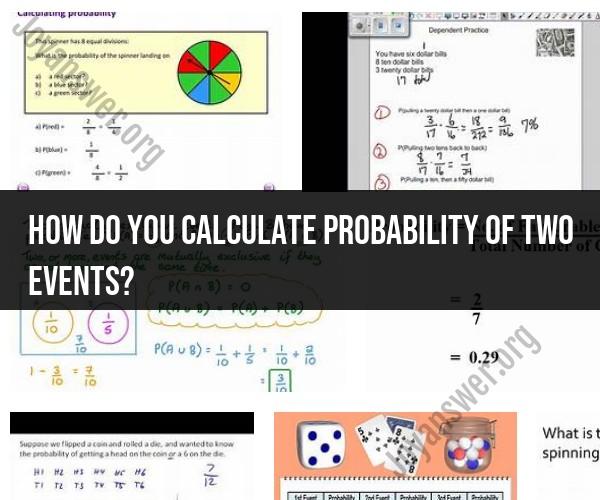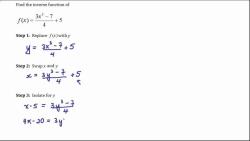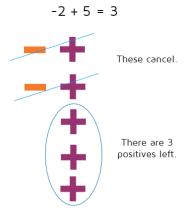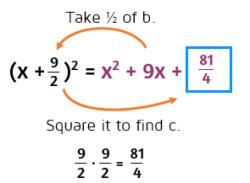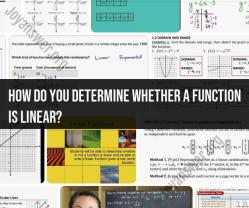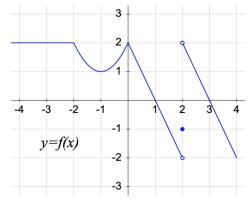How do you calculate probability of two events?
To calculate the probability of two events occurring together, you can use the formula for the probability of the intersection of two events. The probability of the intersection of two events A and B is denoted as P(A ∩ B) and can be calculated using the following formula:
Where:
- is the probability that both events A and B occur together.
- is the probability of event A occurring.
- is the conditional probability of event B occurring given that event A has already occurred.
Alternatively, you can calculate the probability of two events using the multiplication rule if the events are independent. Events A and B are considered independent if the occurrence of one event does not affect the occurrence of the other. In this case, you can simply multiply the probabilities of the two events:
Here's a step-by-step guide to calculating the probability of two events:
Step 1: Determine whether the events are independent or dependent.
- If the events are independent, use the multiplication rule.
- If the events are dependent, use the conditional probability formula.
Step 2: Calculate the individual probabilities.
- Find the probability of event A, denoted as .
- If the events are dependent, calculate the conditional probability (the probability of event B given that event A has occurred).
- Find the probability of event B, denoted as , if the events are independent.
Step 3: Use the appropriate formula.
- If the events are independent, use .
- If the events are dependent, use .
Step 4: Calculate the probability of both events occurring together.
- Plug the values into the formula and perform the calculations to find .
It's important to note that calculating the probability of two events often requires knowledge of the individual probabilities and whether the events are independent or dependent. Additionally, if you are dealing with more than two events, you can extend the concept by calculating the probabilities of their intersections using similar principles.
Probability of Two Events: Calculating the Likelihood of Joint Occurrence
The probability of two events happening together is called the joint probability of the events. The joint probability of two events, A and B, is calculated as follows:
P(A and B) = P(A) * P(B|A)
where:
- P(A) is the probability of event A happening
- P(B|A) is the probability of event B happening given that event A has already happened
If events A and B are independent, then P(B|A) is equal to P(B). This means that the joint probability of two independent events is simply the product of their individual probabilities.
Probabilities Multiply: How to Calculate the Probability of Two Events
To calculate the probability of two events happening together, we simply multiply the probability of the first event by the probability of the second event, given that the first event has already happened.
Example:
Suppose we have a bag containing 5 red balls and 5 blue balls. We draw one ball out of the bag at random, and then we draw another ball without replacing the first ball.
What is the probability of drawing a red ball, then a blue ball?
The probability of drawing a red ball is 5/10, since there are 5 red balls and 10 total balls in the bag.
The probability of drawing a blue ball, given that we already drew a red ball, is 4/9. This is because there are only 4 blue balls left in the bag after we remove the red ball, and there are a total of 9 balls left in the bag.
Therefore, the joint probability of drawing a red ball, then a blue ball is:
P(red ball, then blue ball) = P(red ball) * P(blue ball | red ball) = 5/10 * 4/9 = 2/9
Probability and Multiplication: The Mathematics of Joint Events
The mathematics of joint events is based on the idea of conditional probability. Conditional probability is the probability of one event happening, given that another event has already happened.
To calculate the joint probability of two events, we simply multiply the probability of the first event by the probability of the second event, given that the first event has already happened.
This is a simple mathematical formula, but it has a powerful application in the real world. It can be used to calculate the probability of any two events happening together, regardless of how complex the events are.
